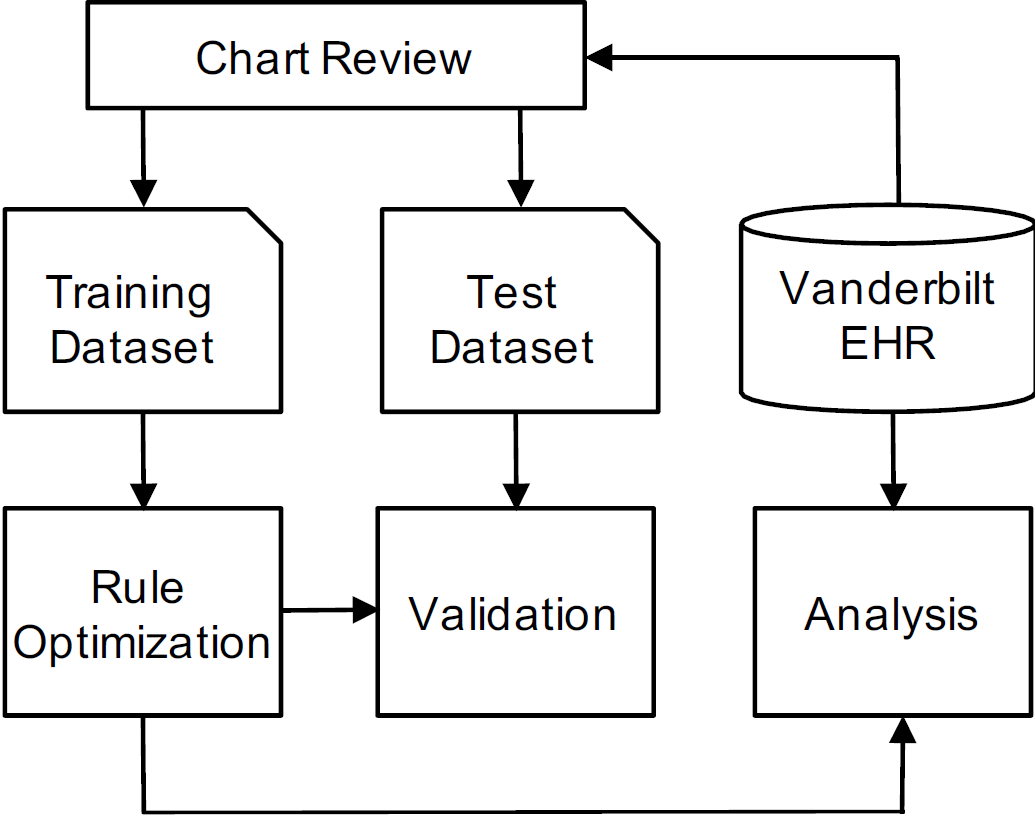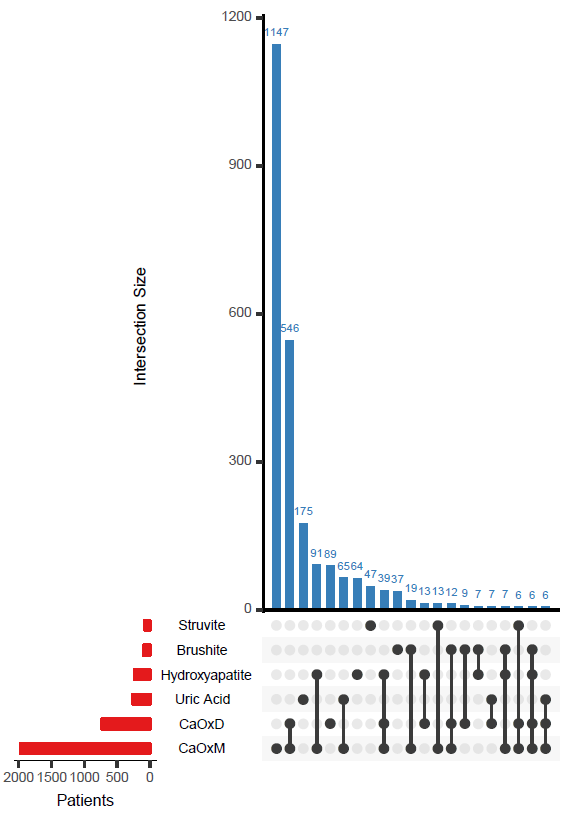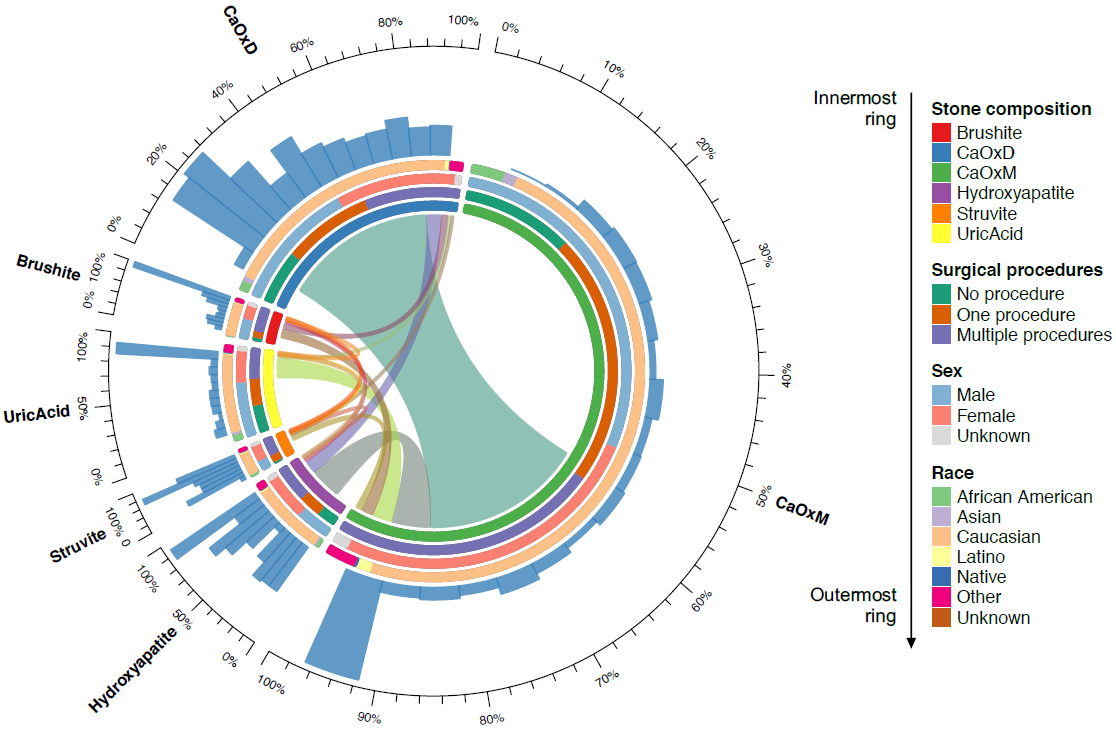Big Data, informatics, and Electronic Health Records

Big data from electronic health record datasets are another focus area for Dr. Hsi. He is building tools to structure the electronic health records for kidney stone research. He has an interest in epidemiology and patient outcomes. These bioinformatics approaches will enable collaborative research to examine difficult-to-answer questions on how and why kidney stones form. An institutional resource that is available as the electronic health records repository is the Vanderbilt Research Derivative and Synthetic Derivative.
With the informatics team at Vanderbilt, Dr. Hsi developed a natural language processing method to accurately identify kidney stone patients and kidney stone composition within text data within over 125 million notes from the Vanderbilt de-identified electronic health record[HR1]. The project was also able to replicate known disease associations of kidney stone disease. The team is now developing methods to extract kidney stone outcomes from the electronic health record.


